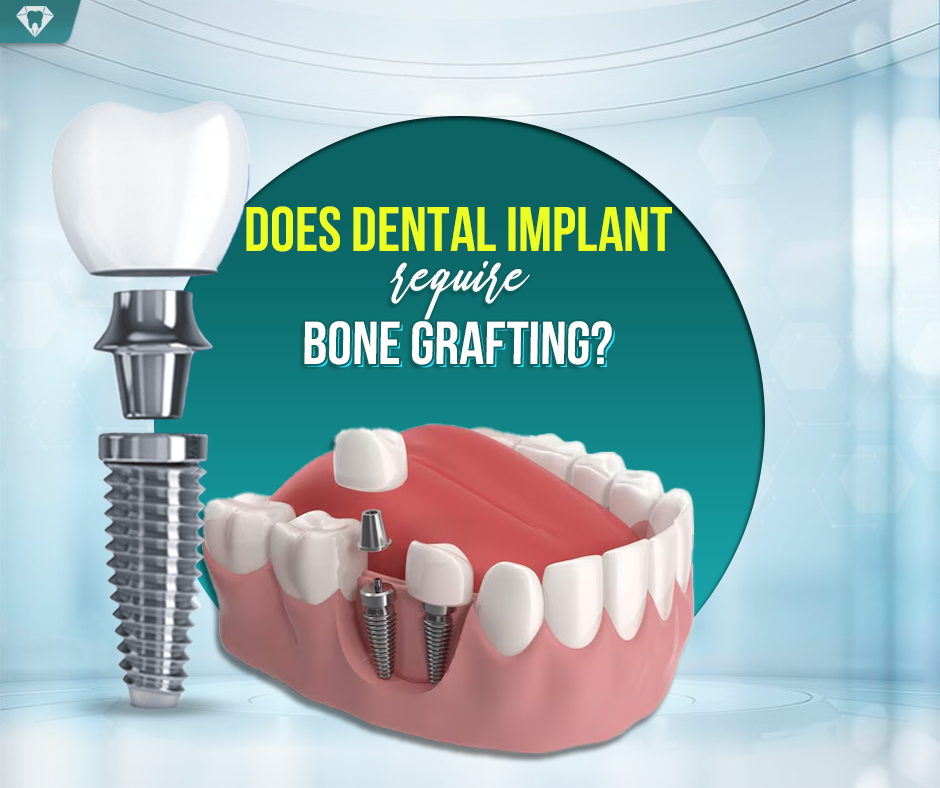Dental implants have become an effective and popular solution. They bring many benefits to users. However, a common question is: “Does the dental implant process require bone grafting?” This depends on many factors. In this article, we will learn about this dental implant method with Joy International Dental Clinic.
1. When Is Bone Grafting Needed?
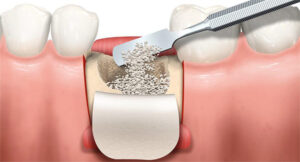
Bone grafting is typically necessary when a patient does not have enough healthy jawbone to support a dental implant. This can happen due to:
-
Tooth loss over a long period: When a tooth has been missing for months or years, the bone beneath it can shrink due to lack of stimulation.
-
Gum disease (periodontitis): This condition affects the tissues and bone supporting your teeth, leading to bone loss.
-
Injury or trauma: Accidents can damage or reduce the bone structure.
-
Developmental defects: Some people naturally lack enough bone in specific areas of the jaw.
Without sufficient bone, an implant may not be stable or long-lasting. Bone grafting rebuilds the jawbone so that the implant has a strong foundation.
2. Understanding the Bone Grafting Procedure
Bone grafting is a surgical procedure that adds volume and density to areas of the jawbone that have deteriorated. The grafted material acts as a scaffold, encouraging the body to regenerate new bone cells around it over time.
2.1 Types of Bone Graft Materials
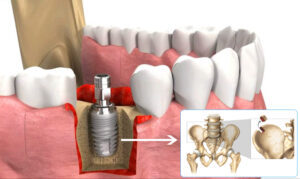
There are several materials commonly used in bone grafts:
-
Autografts: Bone taken from another area of the patient’s own body, such as the chin or hip. It is considered the gold standard because it contains the patient’s own living cells.
-
Allografts: Bone sourced from a human donor (cadaver), processed and sterilized for safety.
-
Xenografts: Bone harvested from animals (usually cows), treated to be safe and biocompatible.
-
Alloplasts: Synthetic bone substitutes made from materials like hydroxyapatite or bioactive glass, designed to mimic natural bone.
Each material has its benefits, and the dentist or oral surgeon will recommend the best option based on your specific condition.
2.2 Use of Barrier Membranes and PRF
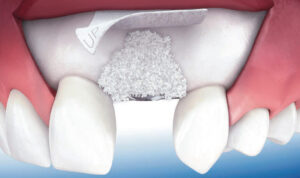
During bone grafting, dentists often use barrier membranes to protect the graft and encourage proper healing. Two common options include:
-
Collagen membranes: Biodegradable barriers that separate the graft from surrounding soft tissue.
-
PRF (Platelet-Rich Fibrin): A natural material derived from your own blood that promotes faster healing and tissue regeneration.
These materials enhance the success rate of bone grafts and improve overall healing time.
3. What Happens During the Procedure?
Here’s what you can typically expect during a bone grafting procedure at a dental clinic:
Step 1: Examination and Planning

Your dentist will conduct a comprehensive exam, including X-rays or 3D scans, to evaluate the bone volume. This step determines whether bone grafting is necessary and helps plan the best surgical approach.
Step 2: Anesthesia and Preparation
The procedure is usually done under local anesthesia. Sedation may be used for patients who feel anxious. The treatment area is cleaned and prepared in sterile conditions.
Step 3: Placement of the Graft
A small incision is made in the gum to access the jawbone. The grafting material is placed into the area where bone is needed. Sometimes, a membrane is added over the graft to protect it.
Step 4: Suturing and Recovery
The gum is stitched closed, and the patient is given care instructions. Healing can take anywhere from a few weeks to several months, depending on the size of the graft and individual healing ability.
4. Frequently Asked Questions
4.1 Do All Dental Implants Require Bone Grafts?
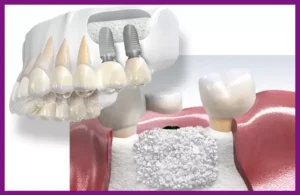
Not necessarily. If you have enough healthy jawbone, you may not need a graft. However, in cases where bone volume is insufficient, grafting significantly increases the success rate of the implant.
4.2 How Much Does Bone Grafting Cost?
The cost varies depending on:
-
FThe size and complexity of the graft
-
The type of material used
-
Whether barrier membranes or PRF are needed
-
The dentist’s experience and clinic location
Some procedures may cost a few hundred dollars, while others may cost more if extensive work is needed.
4.3 Can Bone Grafting and Implant Placement Be Done at the Same Time?
Yes, in certain cases, if bone loss is minor, the dentist may perform bone grafting and place the implant simultaneously. If the bone loss is more severe, grafting is usually done first, followed by a healing period (typically 3–6 months) before the implant can be placed.
Conclusion
Jaw bone grafting is an important minor surgery that supports the highly effective dental implant process. Especially for patients with weak bone foundations or long-term tooth loss. Although it sounds complicated. But with a team of experienced doctors and modern equipment at Joy International Dental Clinic. This process will be very safe, gentle and less painful. If you still have any concerns or questions, you can leave a comment or contact Joy directly for detailed advice.

